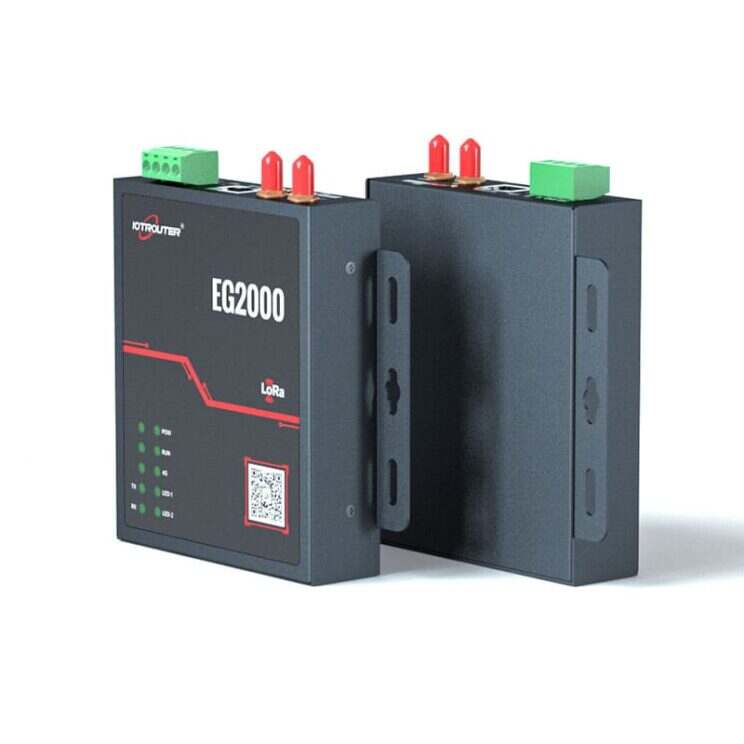Different application scenarios between Router and Switch
Switch: Mainly used in internal core access, internal data exchange, and more commonly used in LAN.
Router: É uma saída de rede, responsável principalmente pela interligação com os operadores, sendo mais comummente utilizado para ligação a redes externas.
Por exemplo, podem existir milhares de comutadores num ambiente de rede, mas o número de routers industriais utilizados no mesmo ambiente pode ser de apenas um dígito. Por outras palavras, se quiser comunicar de um edifício de escritórios para um edifício dormitório, basta utilizar um comutador; mas se quiser comunicar de um edifício de escritórios para uma oficina distante ou para uma linha de montagem de uma fábrica, a maioria dos encaminhadores é utilizada para comunicação remota.
Diferentes diferenças funcionais
Comutador: A sua principal função é trocar dados internos e gerir o IP da sub-rede. Não tem a função de se ligar à rede externa;
Router: Através da função de ligação à rede externa, auxilia a transmissão de dados de outros dispositivos, como o servidor de série ou o PLC, etc.

Usually routers have AP functions, firewalls, routing protocols, etc. Industrial routers have VPN private network tunnels to protect private data transmission. For example, this function is often used in the financial industry. Because routers are rich in functions, they are often used in traffic aggregation environments.
Normalmente, os comutadores não têm estas funções, mas alguns comutadores também têm funções de firewall, como é o caso de uma determinada série da Cisco.
Diferentes requisitos de interface
Comutador: A maioria dos comutadores é utilizada em portas Ethernet, portas eléctricas, portas ópticas, etc;
Router: principalmente porta LAN ou porta WAN. Alguns cenários industriais também exigem uma porta de série RS232, como o USR-G800 V2.
In most cases, Routers are used in conjunction with switches. The Switch is responsible for managing the subnet and exchanging internal data, and the router is responsible for connecting to the external network. For example, the intelligent parking lot transmission solution: wireless networking is optional at the gate, and WAN 4G networking is optional indoors. The network connection is fast, the network is smooth and the data is complete. Remote management is more convenient. Accurately transmit parking space status data to create a comfortable parking experience.
Technical Principles Overview
The switch works at the data link layer and is primarily responsible for data forwarding within the LAN. It recognizes and processes data packets through the MAC address table to ensure that the data reaches the target device quickly. In the work of the switch, full-duplex communication technology is used so that multiple devices can exchange data at the same time. This reduces network conflicts and improves overall efficiency.
Routers, on the other hand, work at the network layer and are responsible for data transmission between different networks. Through IP addresses, routers are able to determine the best forwarding path to deliver packets accurately to their destinations. Routers are not only capable of connecting LANs to WANs, but also support Network Address Translation (NAT), which allows multiple devices to share a common IP address. In addition, routers support a variety of routing protocols and dynamically update routing information to ensure the efficient transmission of data in complex networks.


Working Together
In real-world network environments, switches and routers often work together to form an efficient network architecture. Switches are responsible for fast communication between devices on the LAN, while routers handle traffic from external networks. Through this collaboration, the network is able to achieve a stable and secure connection that meets the communication needs of different scenarios.


